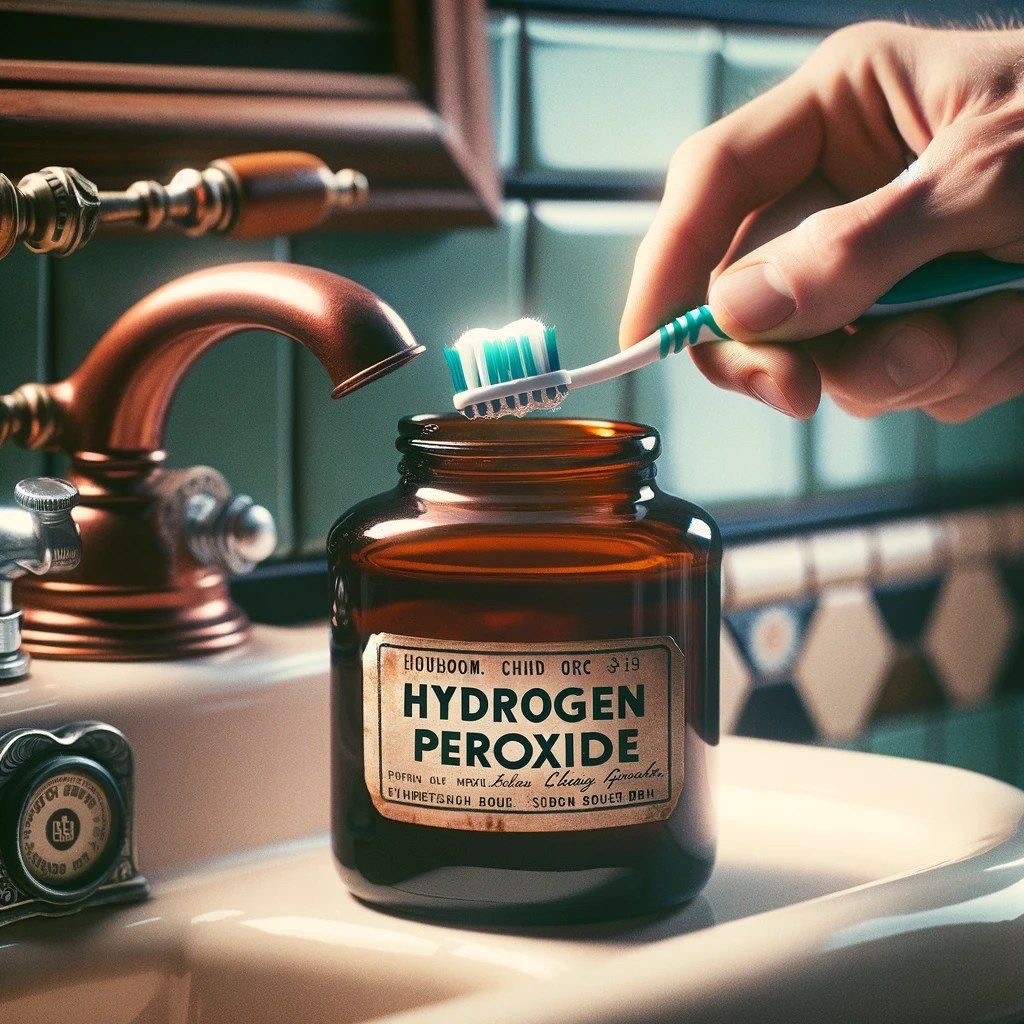For many years now, doctors and parents have used hydrogen peroxide to clean cuts and wounds. Hydrogen peroxide used to be a go-to solution to keep scrapes free of germs. However, in recent years, experts, including those from the CDC, have advised against putting hydrogen peroxide on your skin.
This does not mean you should throw away your bottle of hydrogen peroxide just yet. Instead of using it on your body, hydrogen peroxide can be used for other things. It can be useful for cleaning your house. Since hydrogen peroxide kills germs and bacteria, you can use it to disinfect the surfaces you touch every day.
These surfaces include countertops, doorknobs, and even your phone. You can use hydrogen peroxide for your laundry and other cleaning tasks. Keep reading to learn how this affordable and handy product can help to keep your home clean and germ-free.
Safety Tips You Should Know Before Using Hydrogen Peroxide
Hydrogen peroxide is a common household chemical. This chemical compound is made up of two hydrogen atoms and two oxygen atoms. You can easily find it in most grocery stores or pharmacies. The type most people use at home is usually 3% hydrogen peroxide. Even though this seems like a small amount, it is still a strong cleaner.
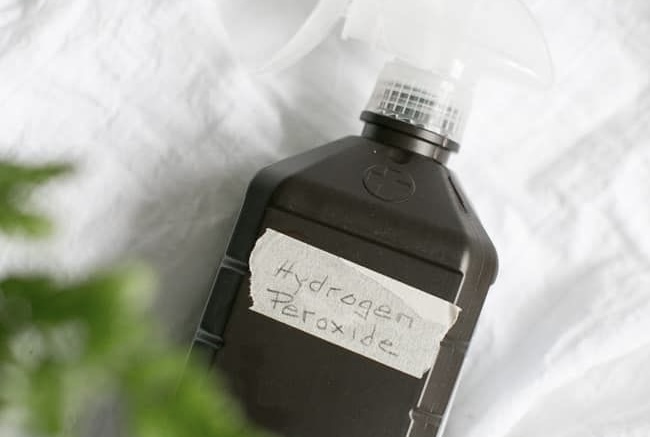
One important thing you should know is that if you ingest it or get it on sensitive parts of your body, like your eyes, it can be harmful. If it gets in your eyes, you should rinse them with a lot of water immediately.
Whenever you use hydrogen peroxide, it is important to ensure that you are safe. Work in a space with good airflow so that you would not inhale too much of it. You should also make sure you wear gloves. Wearing gloves can also help to protect your skin. Before you use it on any surface, test a small hidden area first to make sure it does not damage anything.
How and Where to Use Hydrogen Peroxide
The following are what you can use hydrogen peroxide for and how to use them:
Cleaning Kitchen Counters and Stovetops
It is usually a good idea to clean your kitchen counters and stove with a homemade cleaner after making a meal, but it is best to wait till after dinner.
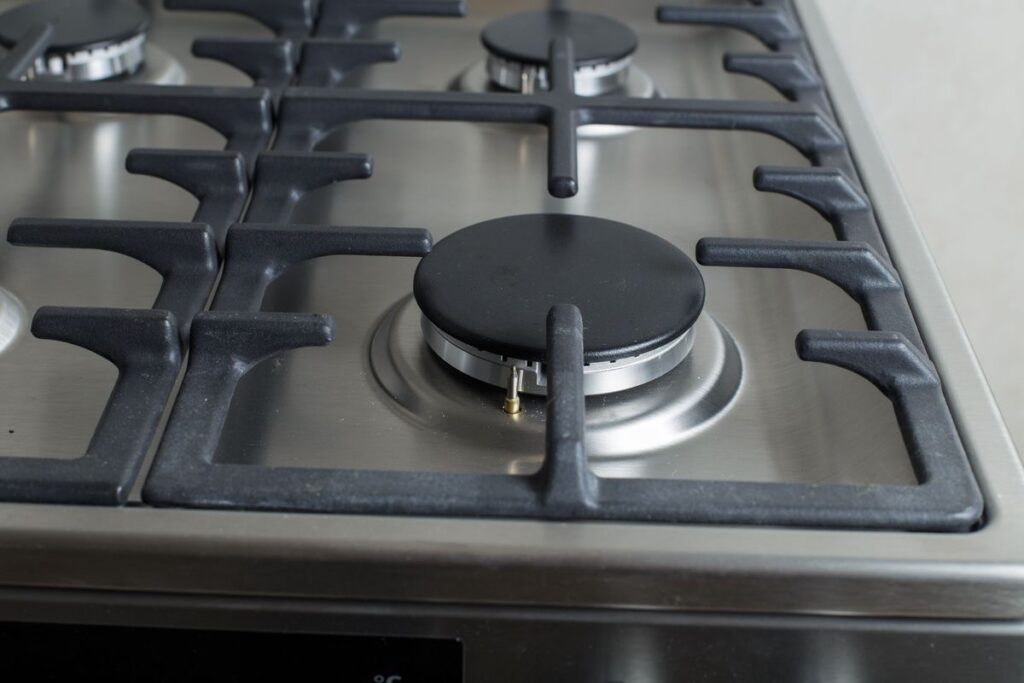
You can use the same things you would use for a general disinfectant; the hydrogen peroxide will make it more potent. If you are dealing with tough, sticky grease on your kitchen counters and stovetops, you can use this easy fix.
How to use: Mix hydrogen peroxide and baking soda into a paste. Let it sit on the greasy spot overnight. In the morning, gently scrub it with a soft sponge, and the mess will come off easily. This method is safe and very effective.
ALSO READ: Time-Saving Potato Peeling Hacks
Cleaning Showers and Bathtubs
Keeping your shower and tub free from mold and mildew can feel like a never-ending task. Luckily, hydrogen peroxide can help you clean your showers by killing the fungus.
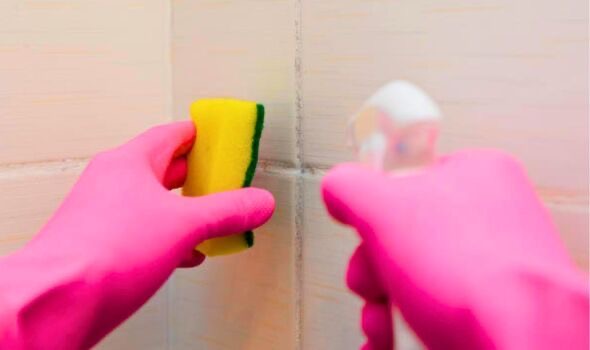
How to use: Spray it all over the shower walls, tub, and even the shower curtain liner. Then rinse it off. For any tough stains, you can mix hydrogen peroxide with baking soda to make a paste. This combination will give you extra scrubbing power. If the grout, that is, the spaces between your tiles, looks dull or dirty, hydrogen peroxide can help you brighten it.
For really stubborn grime, let the paste of peroxide and baking soda foam up on the area, then wipe it away. After rinsing, your shower will shine.
ALSO READ: How to Clean Floor Tile Grout: 10 Expert Tips and Tricks
Cleaning Cookware and Dishes
If you have pots, pans, or baking sheets that have tough food or food stains stuck on them, hydrogen peroxide can help. A mixture of hydrogen peroxide and baking soda can help loosen it up. This can then make cleaning easier. This combination does not just clean; it can make your cookware look almost brand new.
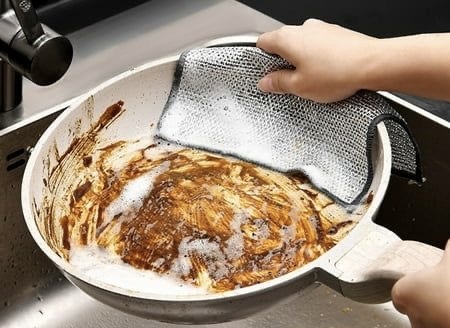
How to use: When washing dishes by hand, add a few drops of hydrogen peroxide to your dish soap. It can save you some scrubbing effort. You can also use this mixture to clean parts of a grill, like the removable grates.
Cleaning Mirrors and Glass
We all know how hard it can be to clean glass and mirrors without smudges. With hydrogen peroxide, it can be easier.
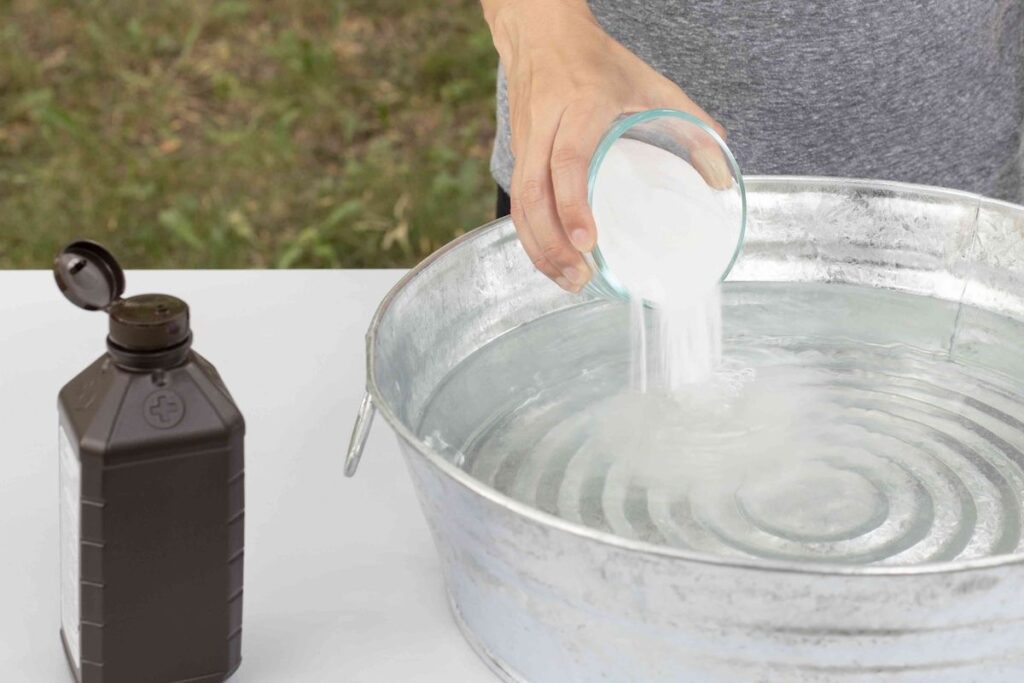
How to use: For an easy and affordable way to clean windows, mirrors, and other glass surfaces, spray them with hydrogen peroxide. After this, wipe them with a cloth that does not leave lint. You can also use crumpled newspapers if you have some. This method leaves the glass shiny and streak-free without the need for strong chemicals.
The Dishwasher
Sometimes, dishwashers can smell really bad, even if you run them often. Although, you can clean it with vinegar and bleach, but if you do not have either, hydrogen peroxide can work too.
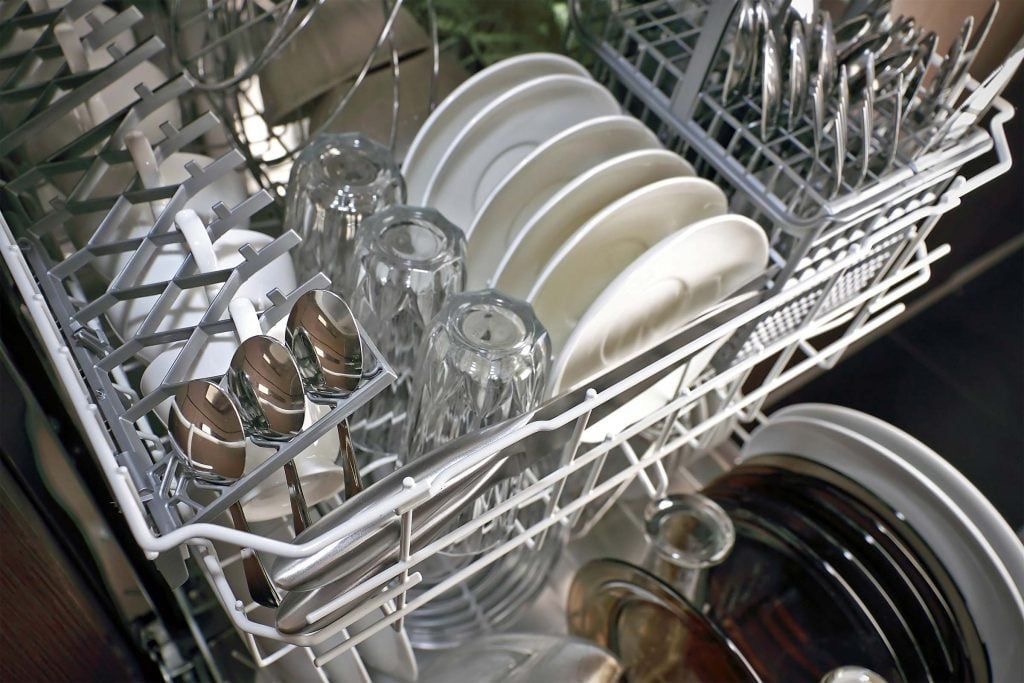
How to use: Just pour about a quarter cup of peroxide on the top rack of your empty dishwasher. Then, run a high heat cycle. This will help to kill the bacteria or mildew that is causing the smell.
After the cycle is done, you can spray some peroxide on the rubber seal. You can also spray it in small places that are hard to reach. This will help to make sure everything is fresh and clean.
Carpets, Rugs, and Upholstery
Hydrogen peroxide can also help you get rid of stains on things like carpets, rugs, and furniture fabric. However, before you use it on these things, test a small hidden spot to make sure it does not damage the fabric. If it is safe, treat the stain the same way you would treat the clothing.
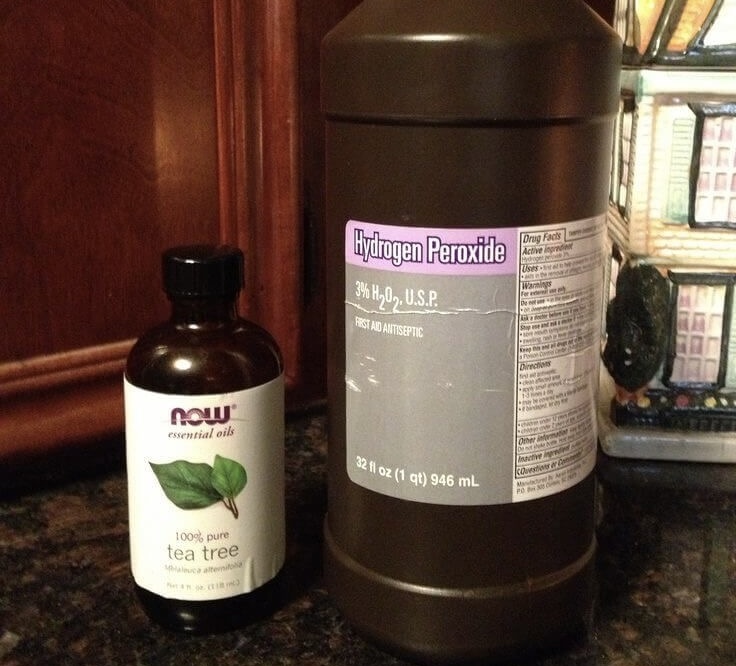
How to use: For tougher stains on carpets, mixing peroxide with a little dish soap or using steam can make it even more effective.
Cleaning the Kitchen Sink
If you have a white kitchen sink, you can make it look brand new with two simple things: baking soda and hydrogen peroxide.
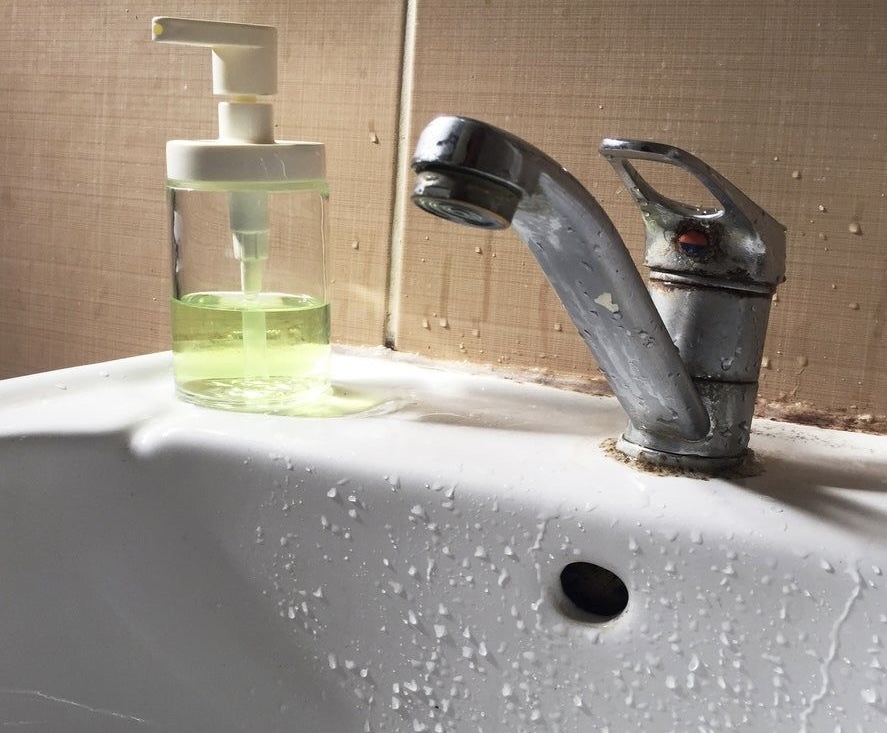
How to use: First, sprinkle a lot of baking soda all over the sink. Then, pour a little hydrogen peroxide on top. Scrub everything well until it looks clean. After that, rinse it all off and dry the sink with a cloth.
Remember to stay safe while using hydrogen peroxide, and keep it away from children if you have any. If ingested, see a healthcare practitioner immediately.
